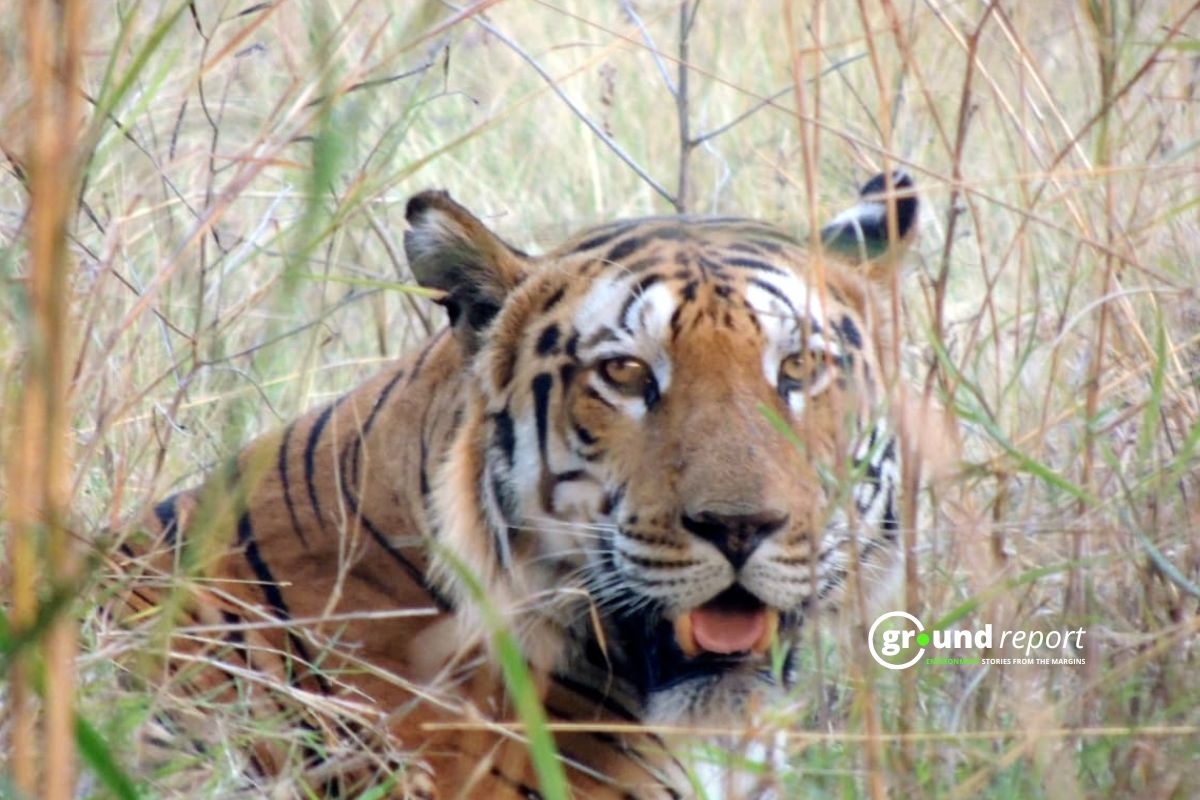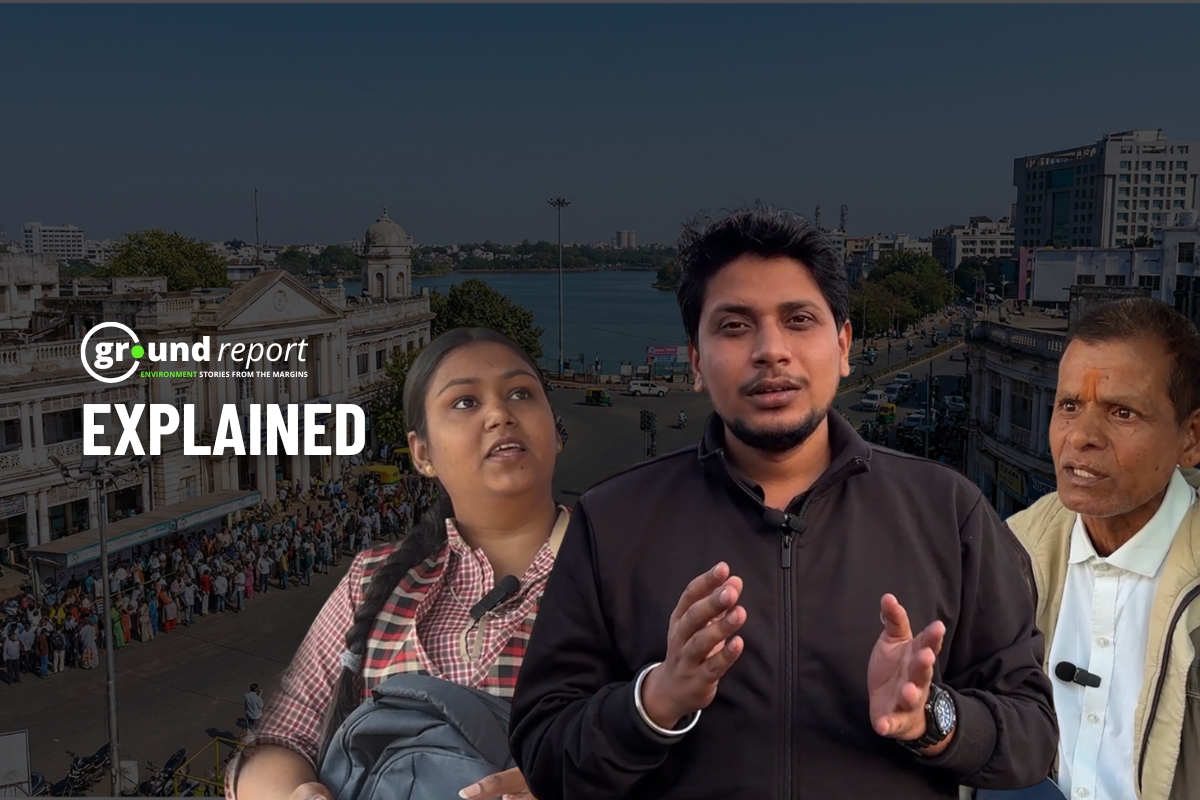Drought is one of those natural events that affect not just the area and its citizens but specifically the agriculture of the place. Over three centuries, millions of people have died of drought and several have suffered severe consequences.
In India, IMD or the Indian Meteorological Department is responsible for predicting, preparing, and spreading awareness among the public of droughts.
Droughts are generally known to be of two kinds, meteorological and hydrological. Meteorological drought is the kind that occurs due to rainfall deficiency in a considerable amount by the IMD while Hydrological drought occurs due to less surface or sub-surface water levels that decline over time. In India, 68% of the country is drought-prone.
There are several causes of drought among which most of them are known or read by the public, Major causes are inclusive of deforestation, low water surface level, and flow, global warming, and difference in air circulation and weather patterns.
With this, the worse impacted sector as a consequence of drought is agriculture, with lands completely going barren. India currently is facing a rainfall deficit of 57% as per the India Meteorological Department.
| State | Arid Area (square km) | Semi-arid Area (square km) |
| Rajasthan | 196,150 (57.31) | 121,020 (35.396) |
| Gujarat | 62,180 (31.72) | 90,520 (46.18) |
| Maharashtra | 1,290 (0.42) | 189,580 (61.61) |
| Madhya Pradesh | – | 59,470 (13.41) |
The Indian States that Face the Most Drought-
Maharashtra
Maharashtra is one of the states that is severely facing the problem of drought, affecting both rural and urban areas. It has 36 districts out of which 21 districts are facing major drought for several years, making it one of the biggest drought-prone states in the country. The government is taking several steps to ensure a safer and healthier environment.
Odisha
Odisha is one of many states suffering from severe drought problems, with 12 districts facing drought for several years, and an additional four new districts prone to drought conditions had terrified the state. The Chief Minister of the state announced an initiative package of 1000 crores to positively affect and impact drought conditions.
Telangana
Telangana is one of the worst affected states due to the chaotic heatwave. All the districts except Adilabad and Khammam have suffered severe drought conditions. The state has reported the highest number of casualties, as well as the severe heat conditions, that took the life of 66 people.
Rajasthan
Rajasthan’s 19 out of 33 districts have been affected by drought and damaging heat conditions. Due to this, the Public Health Engineering Department had to allocate 50 lakhs to each district to better the supply of water in the district.
Madhya Pradesh
Madhya Pradesh is also suffering from heat conditions as well as severe drought. 46 districts out of 51 are directly affected by drought which has led the people of the rural areas to be severely impacted by the same with minimum water supply. The government, on the other hand, had taken initiatives from their end and allocated a fund of rupees 38000 to the districts for drought management last year.
There are several other states that are largely impacted by droughts inclusive of Jharkhand, Uttar Pradesh, Andhra Pradesh, Karnataka, and Chattisgarh. With most districts suffering from drought conditions, some states are facing acute drought conditions and are not being affected much inclusive of Haryana, Gujrat, Bihar, and West Bengal.
Other areas
Besides these areas, there are many pockets of drought in India. They are:
- Coimbatore in Kerala
- Kalahandi in Orissa
- Palamu region and Mirzapur plateau in Uttar Pradesh
- Purulia in West Bengal
- Kutch and Saurashtra regions in Gujarat
- Tirunelveli district in Tamil Nadu.
Preventive Measures
Some solutions to reduce the risk of famine in the major drought-prone areas in India.
- Efficient management and storage of water in dams/reservoirs
- Watershed management and water rationing
- Improved cattle management
- Opt for drought-resistant crops in regions with water scarcity
- Implementation of soil conservation techniques
- Afforestation and reduction of the use of firewood
- Adoption of alternative territorial models for water conservation
- Employment opportunities to reduce migration
- Water conservation training for local communities
- Modifying crop patterns and cultivating drought-resistant crops
- Better grazing patterns for cattle.
- Plant more shrubs and trees for sustainable land use
- Introduction of drip irrigation system to conserve surface water
- Use of new technologies for animal husbandry activities.
You can connect with Ground Report on Facebook, Twitter, Instagram, and Whatsapp and Subscribe to our YouTube channel. For suggestions and writeups mail us at GReport2018@gmail.com
ALSO READ:









